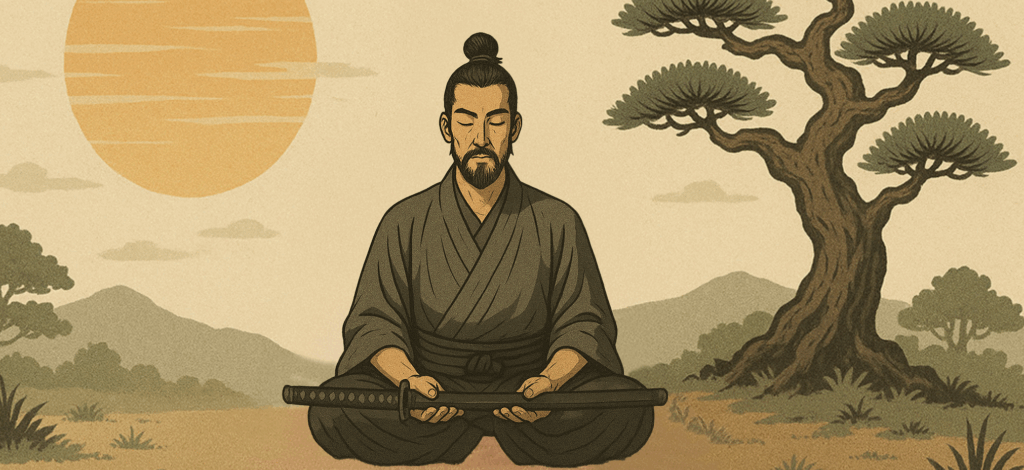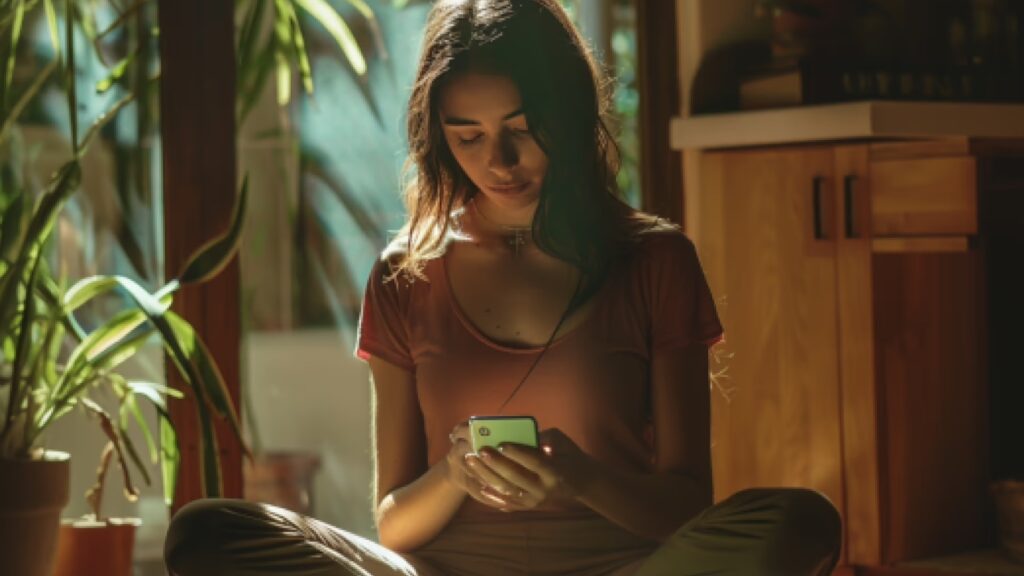The clocks just moved back an hour – and while it looks like a small change, your body clock doesn’t automatically adjust like your smartphone’s.
Your circadian rhythm and natural sleep/wake cycle run on light, temperature, and daily cues – and it takes time to adjust.
That’s why we’ve adjusted the Ring AIR and the Circadian Alignment PowerPlug to mitigate the effects of daylight saving time.
Read on for the science behind DST changes – and how Ultrahuman Ring takes that into account to support better recovery.
How your Ultrahuman app adapts this week
The Circadian Alignment PowerPlug automatically adjusts, helping you settle faster after the fallback. Here’s what’s changing:
- Circadian Alignment PowerPlug recalibrates your biological phases (e.g. phase advance, delay, and neutral) to match the new clock time.
- Shows your optimal light exposure and activity windows adjusted for the time change.
- Guides your sleep and wake routines with phase-specific suggestions to restore rhythm balance faster.
Your Ultrahuman Ring and app will adjust automatically, keeping your sleep, recovery, and circadian insights perfectly in sync with your body’s natural rhythm.
How clock changes affect your body
To understand how time changes really affect sleep, our science team analysed data from 5,145 Ultrahuman Ring AIR users across four U.S. time zones, comparing the week before, during, and after the switch.
For most users, the effects were minimal, but some patterns stood out:
- Good sleepers: Those already averaging top-tier sleep scores saw a dip of around 5%. When your sleep/wake rhythm is well-tuned, even a one-hour shift can nudge it off balance, leading to increased restlessness and fragmentation.
- Poor sleepers: Users with irregular pre-DST sleep saw sleep scores improve by around 7%. That’s helped by an average of 30 minutes more sleep post-DST. For them, the shift acted like a gentle reset.
How to settle faster this week
Your app will guide you, but here’s the science behind each nudge.
- Get morning light early: Natural light within 30 minutes of waking helps re-anchor your rhythm.
- Defend your wake time: Consistency beats duration – same wake time daily stabilises your circadian phase faster.
- Train earlier: Morning or midday activity reinforces daylight physiology and steadier recovery.
- Dim evenings: Reduce overhead and screen light two to three hours before bed to help your body wind down.
- Repeat your wind-down routine: A familiar sequence – reading, stretching, or breath work – re-establishes predictability after any time change.
The takeaway
The end of Daylight Saving Time doesn’t massively disrupt sleep for most people – especially when guided by the right cues.
Your Ring AIR and the Circadian Alignment PowerPlug automatically adjust your biological guidance to the new clock, so you can skip the DST fatigue and stay in rhythm, faster.








